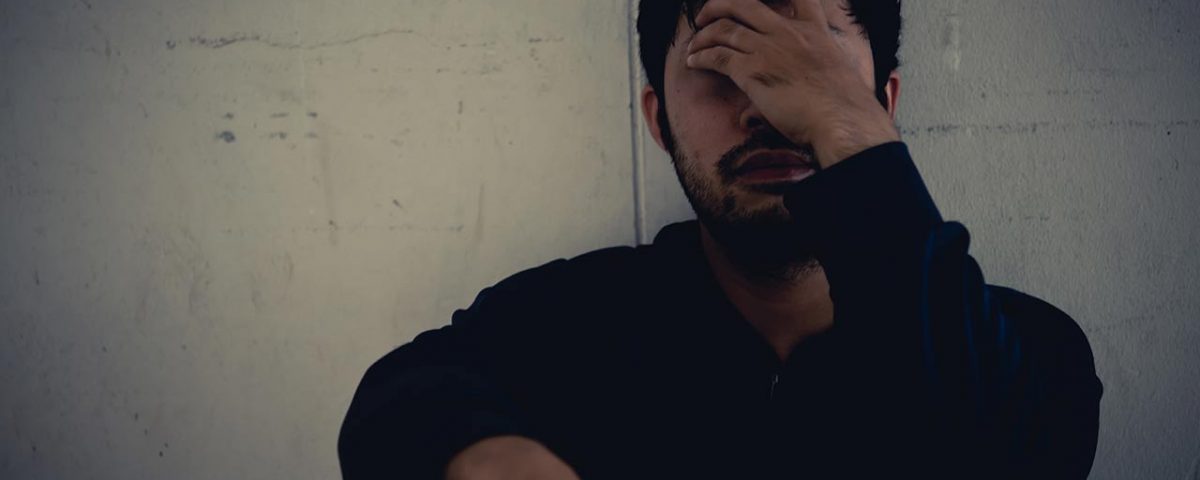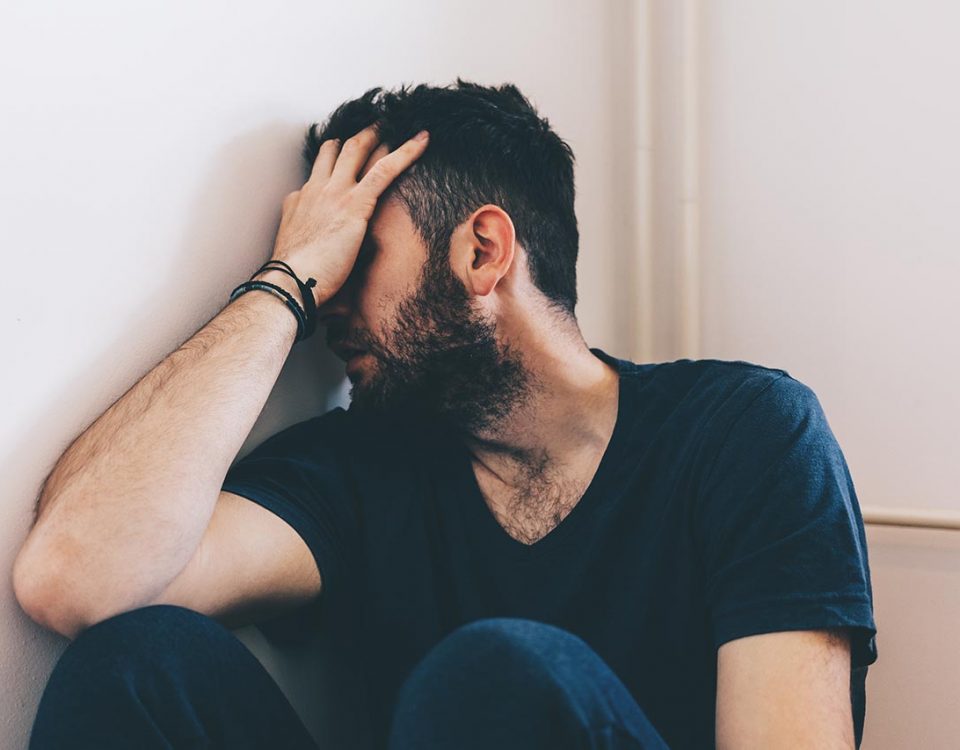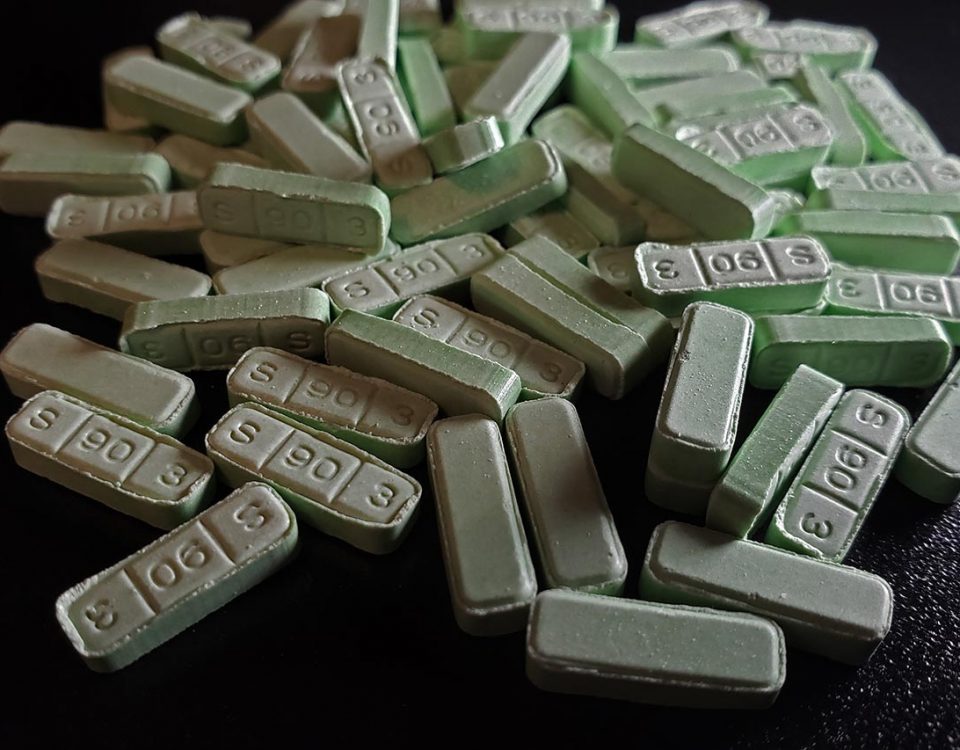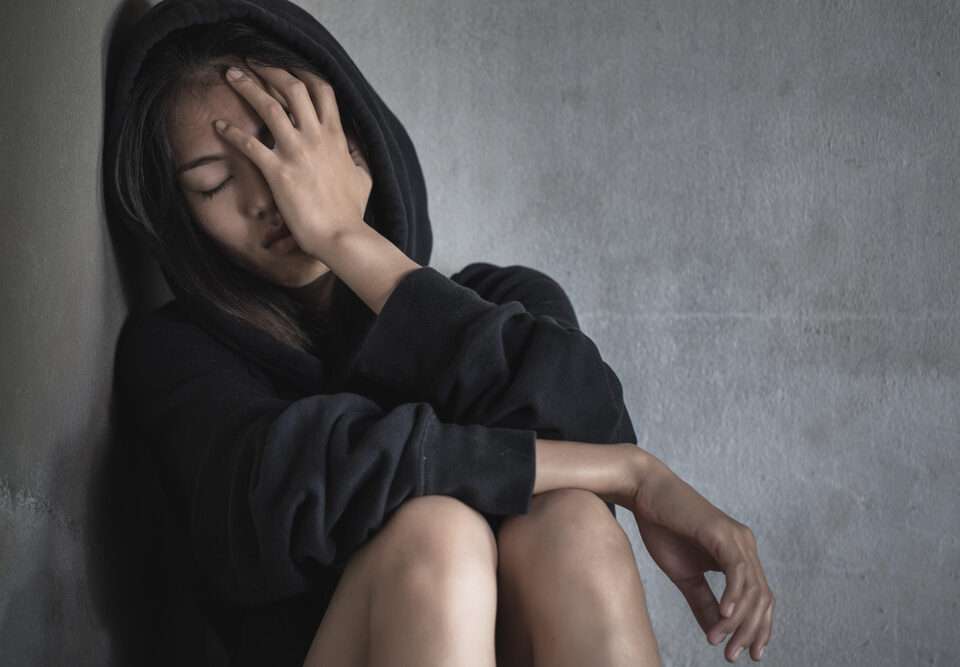When used as intended, Klonopin is a safe and effective medication for people with anxiety and panic disorders. However, many people take this drug incorrectly, often without even realizing it. When prescribed for longer periods than advised by federal guidelines or when taken in higher doses than prescribed, Klonopin poses the risk of addiction and more. Today we’re looking into what happens if you overdose on Klonopin and the signs of Klonopin overdose to look out for.
What Is Klonopin?
Klonopin is the brand name for clonazepam, which is a type of benzodiazepine that’s used to treat short-term anxiety and panic disorders. Klonopin reduces feelings of anxiety or stress by slowing down brain activity.
Specifically, Klonopin works by stimulating the release of neurotransmitter GABA, which inhibits neural activity in the central nervous system. While its mechanism of action initially made clonazepam useful for treating seizures, its calming side effects were soon recognized as valuable for other conditions.
Nowadays, Klonopin is mostly prescribed to people with anxiety and panic disorders to help calm them and reduce and prevent symptoms like rapid breathing and heart rate as well as panic. Unfortunately, many people who are prescribed Klonopin begin to abuse it to increase its sedative and calming effects on the body, and therein lies the danger of addiction and overdose.
Can You Overdose On Klonopin?
Yes, you can overdose on Klonopin if you take too much of it within a certain period. Even when benzodiazepine medications are legitimately prescribed, overdose can still occur if the individual takes a dose significantly higher than normal or mixes it with other substances like alcohol.
Between 2019 and 2020, benzodiazepine overdose visits per 100,000 emergency department visits increased by 23.7%, both involving opioids (34.4%) and not involving opioids (21%).1 A Klonopin overdose may occur accidentally if the person forgets they took their dose that day and takes more of it, or if they use another medication or drink alcohol with Klonopin in their system.
But clonazepam overdose can also result from abusing the drug. In some cases, when Klonopin is taken in higher doses than advised by the prescribing doctor, the person may experience euphoria, relaxation, and sedation, similar to how an alcohol “buzz” feels.
This sensation is a driving factor in continued Klonopin abuse. Over time, the longer the recreational use of Klonopin persists, the more likely the person is to take a dose that’s high enough to produce an overdose.
How Much Klonopin to Overdose?
Depending on the person’s condition, Klonopin dosage can range from 0.125 mg to 4 mg per day. Usually, patients start with 0.125 mg of clonazepam, which may be increased in increments of 0.25 mg or 0.5 mg until their symptoms are adequately treated.
The maximum recommended dose of Klonopin is 20 mg, and taking anything higher than this can lead to overdose. Additionally, mixing Klonopin with other depressants, such as alcohol or opioids, can also increase the risk of overdose.
Because alcohol and opioids also depress the central nervous system, combining them with clonazepam can overload the brain and body and slow down important functions like breathing and heart rate to the point where the person loses consciousness or dies.
If you are taking Klonopin or any other benzodiazepine medication, do not mix it with alcohol and do not take other medications unless directed by your doctor. As long as you take clonazepam as prescribed, there should be no risk of dependence or overdose.
Klonopin Overdose Symptoms
So what happens when you overdose on Klonopin? The nature of Klonopin overdose side effects depends on how much of it a person took, how long they’ve been using this medication, and whether they mixed Klonopin with any other substance.
While they may vary from person to person, common signs and symptoms of Klonopin overdose include:
- Confusion
- Extreme sedation
- Drowsiness or dizziness
- Fainting
- Slow reflexes
- Poor motor control
- Muscle weakness
- Reduce coordination
- Memory impairment
- Lowered attention span
- Slurred speech
- Slow or labored breathing
- Stopped breathing
- Loss of consciousness or unresponsiveness
- Coma
- Death
Klonopin overdose is more likely to occur when it’s mixed with alcohol or other drugs. Despite the risks, people may abuse clonazepam in this way to increase effects like euphoria and sedation.
People are at a higher risk of overdosing on Klonopin if they mix it with alcohol, opioids, heroin, or other benzodiazepines. Slowed, labored, or stopped breathing is the most common and life-threatening side effect that could occur when benzos like clonazepam are taken with other depressants.
If you recognize Klonopin overdose signs or symptoms in yourself or someone else, call 9-1-1 immediately. A Klonopin overdose can be fatal if left untreated.
Help for Klonopin Abuse and Addiction
Long-term Klonopin use can lead to increased tolerance and dependence. Tolerance, once established, often leads to increased drug use, in which the user requires more of the drug to experience the same effects as before.
Over time, this escalating pattern of Klonopin use can lead to the development of dependence so that the user may only feel normal when this drug is in their system and experiences withdrawal when it’s not. In fact, Klonopin dependence can occur after only two weeks of regular use.
Long-term Klonopin abuse makes it more likely that the person will continue to take higher doses or experiment with taking multiple drugs to get high, further increasing their risk of overdose. If you or someone you care about is struggling with Klonopin abuse, help is available at our Texas drug rehab.
We provide evidence-based addiction treatment, including medically monitored detox and substance-specific rehab programs, to help patients heal physically, mentally, and emotionally from drug and alcohol abuse. Following withdrawal treatment, patients can then focus on their recovery in our residential treatment program.
During treatment, patients at our Texas rehabilitation center will work with counselors individually and in group sessions to learn more about their addictions, develop relapse prevention strategies, and connect with others in the recovery community. Recovery from drug and alcohol addiction is possible for everyone with the right kind of care.
To learn more about our drug addiction treatment in Texas and how to get started today, call Banyan Treatment Centers at 888-280-4763.
Related Reading:
Can Benzodiazepines Cause Hallucinations?
How Long Benzos Stay in Your System
Source:









